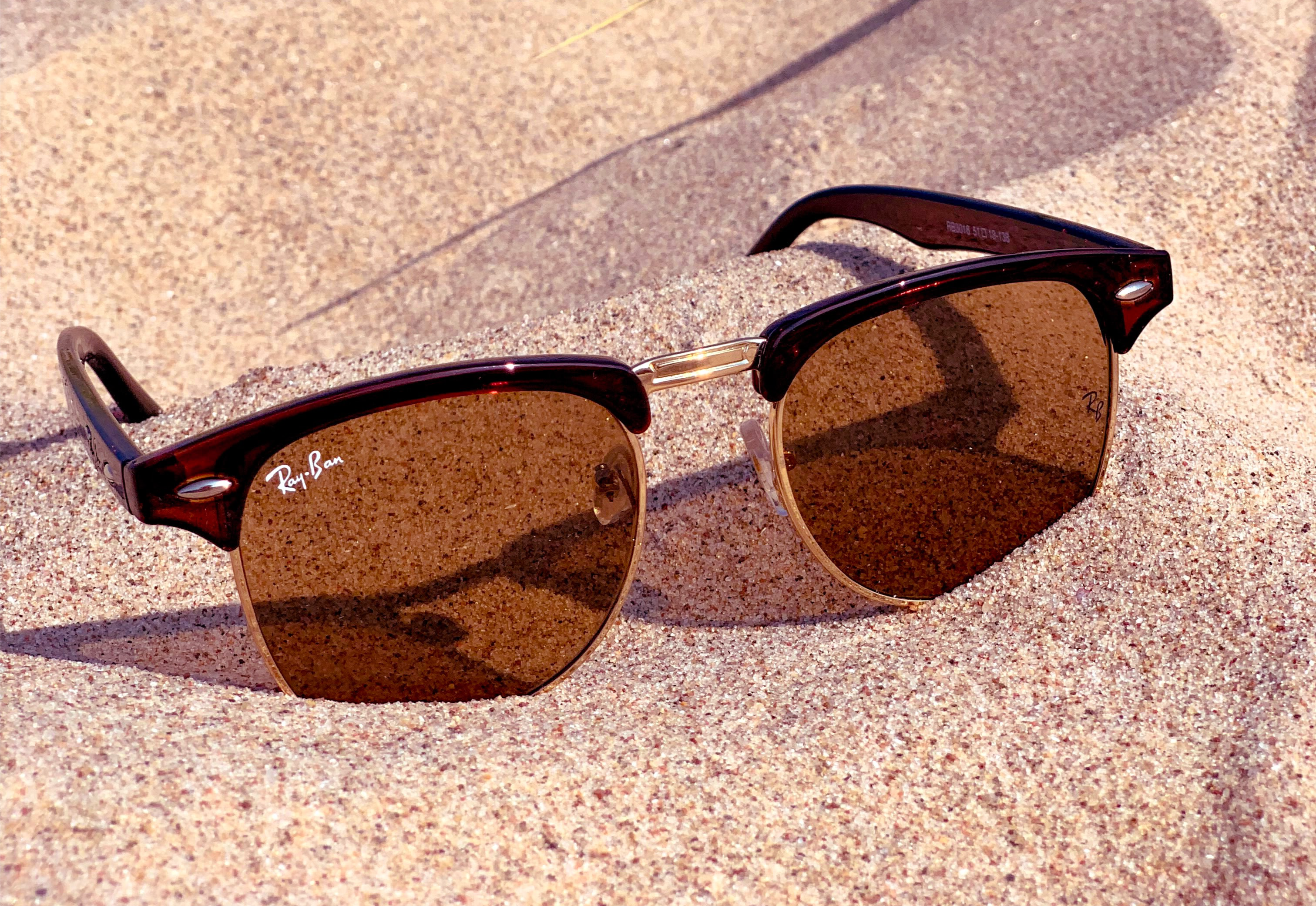Summer is right around the corner, and the Louisiana sun is already blazing! It is common knowledge that ultraviolet (UV) Rays can harm your eyes after prolonged exposure, but there is more to UV light than meets the eye. These harmful rays can cause burns, vision damage, and painful growths. The optometrists at Eye Wares have the training and equipment to protect your eyes against UV rays and prolong your eye health. Read more to learn more about sun-related eye conditions and the most successful proactive measures you can take against Ultraviolet light.
Types of UV Rays and their Effects
There are two varieties of UV Rays, both of which can be harmful to your vision and eye health: UV-A and UV-B. These rays target different areas of the eye but can be equally dangerous.
• UV-A. Ultraviolet A is associated with skin aging and macula damage. (The macula is a part of your retina in the back of the eye.) The rays primarily affect your central vision.
• UV-B. Ultraviolet B is associated with sunburns. Did you know that eyes can burn, too? This painful eye condition is called photokeratitis and occurs when your cornea becomes inflamed after overexposure to UV light.
Sun-Related Eye Conditions
Very little protection stands between the sun and your eyes. Once UV rays infiltrate the cornea, they expose your eye to a host of complications, many of which can directly impact your vision. The following are a few injuries you can sustain through overexposure.
Pinguecula. A pinguecula is a harmless, non-cancerous raised bump on the eye’s sclera. These yellow-ish bumps are not dangerous, but they can be physically and cosmetically irritating. The growth sits on the part of the eye most exposed to the sun and is caused by ultraviolet radiation. Depending on the size of your pinguecula, your eye doctor may recommend lubricating eye drops, anti-inflammatory drugs, or surgical removal.
Pterygium: Surfer’s Eye. A Pterygium, otherwise known as a Surfer’s Eye, is a wedge-shaped growth caused by excessive exposure to UV rays in sunlight. This growth is more dangerous than a pinguecula because it narrows into the iris and can cause blurred or obscured vision. Treatment options include lubricant or steroid eye drops and surgery. Your eye surgeon may elect to suture surface eye tissue to the area to prevent the regrowth of another pterygium.
Cataracts. Cataracts are the leading cause of blindness in the world and occur when the lens surrounding your eye becomes cloudy. This condition is most often associated with aging but can also be accelerated sunlight. Frequent, unprotected exposure to UV rays will likely hasten the formation of cataracts.
How to Protect Your Eyes Against UV Rays
Sun damage is not isolated to the summer months. Your eyes are susceptible to UV light-related conditions yearlong! The following tips will help you protect your vision and ultimately prolong your eye health
.• Always wear sunglasses! Even overcast or cloudy days bring UV rays. At Eye Wares, we have an impressive selection of designer sunglasses to choose from!
• Shade your eyes with visors or wide-brimmed hats.
• Take a break. If you plan on spending the whole day in the garden, remember to go inside and rest your eyes periodically. UV rays are the strongest between the hours of 10 am and 4 pm.
Protect Your Vision with Photochromic Lenses
Protect your eyes with photochromic lenses! Also known as transitional, light-adaptive, light intelligent, and variable tint lenses, these lenses start clear indoors and automatically darken once exposed to outdoor light, protecting your eyes from UV rays.
Photochromic lenses are for children as well as adults. The more proactive you are about your child’s eye health, the less of a chance they will experience conditions such as cataracts later in life.
Reduce Glare with Polarized Lenses
In addition to UV rays, bright light can create a more immediate vision hazard called “Glare.” Reflective surfaces such as glass, water, and even snow can create a glare, obstructing your vision. Polarized sunglasses help the user see clearly and avoid potential hazards by allowing only vertically oriented light to pass through the lens. According to the National Transportation Safety Board, polarized sunglasses are a must while driving. Roughly 16% of all car accidents are caused by blinding glare. Polarized sunglasses should be second to your seatbelt for a day behind the wheel.
By blocking the horizontally oriented light, glare is almost completely eliminated by the specialized lens. Eye Wares offers a variety of polarized lenses to suit your comfort and style!
Call Eye Wares Today!
Your ocular health is our number one priority! Eye Wares has over 20 years of experience providing advanced eye care services to Mandeville on the Northshore and Old Metairie on the Southshore. Call now to schedule your eye exam, so we can keep your vision clear and healthy!


